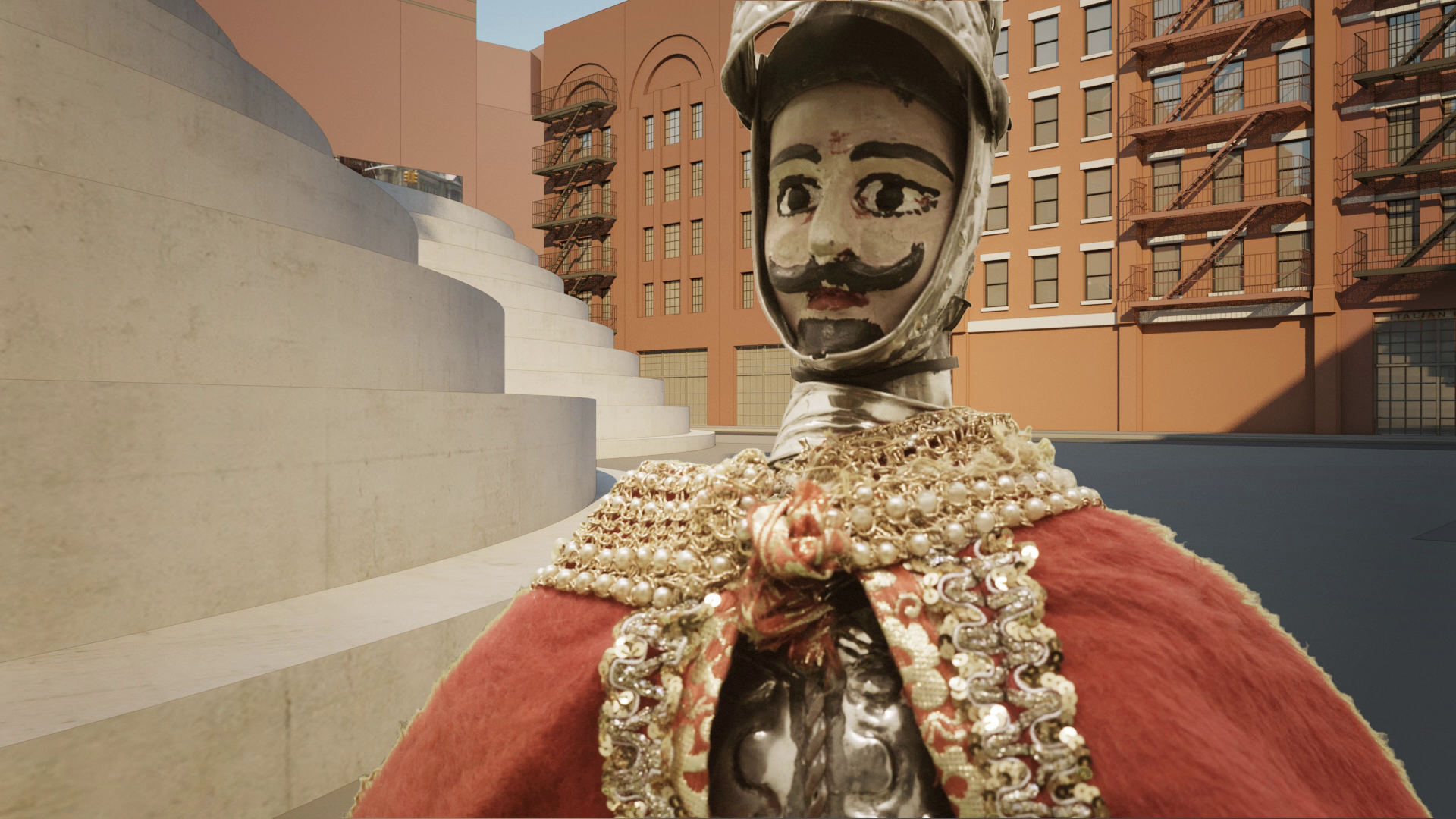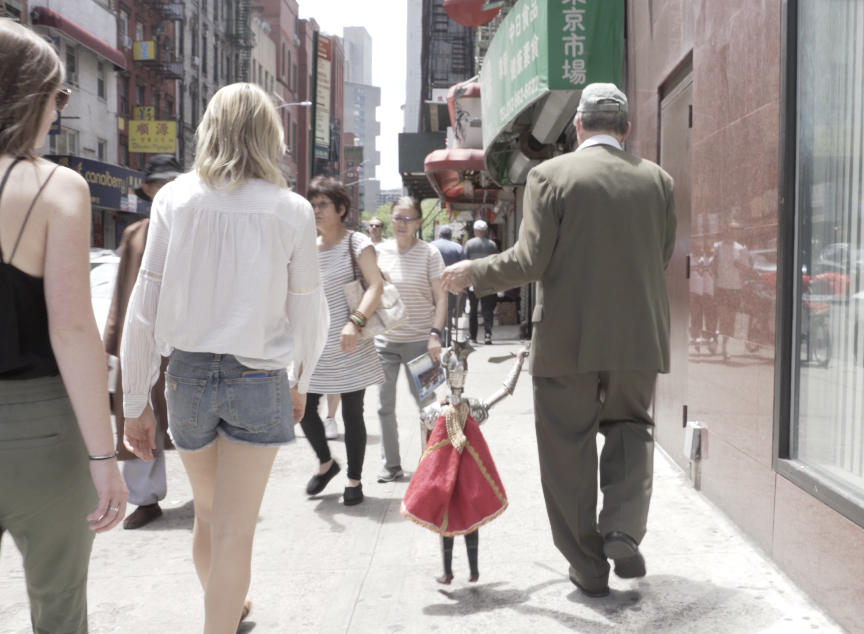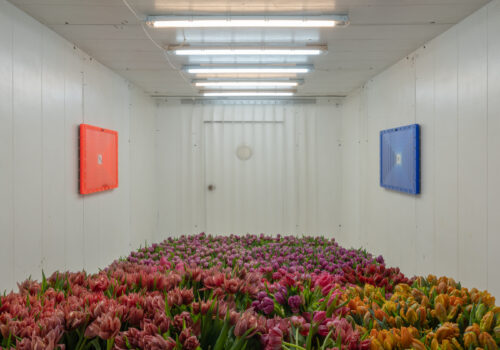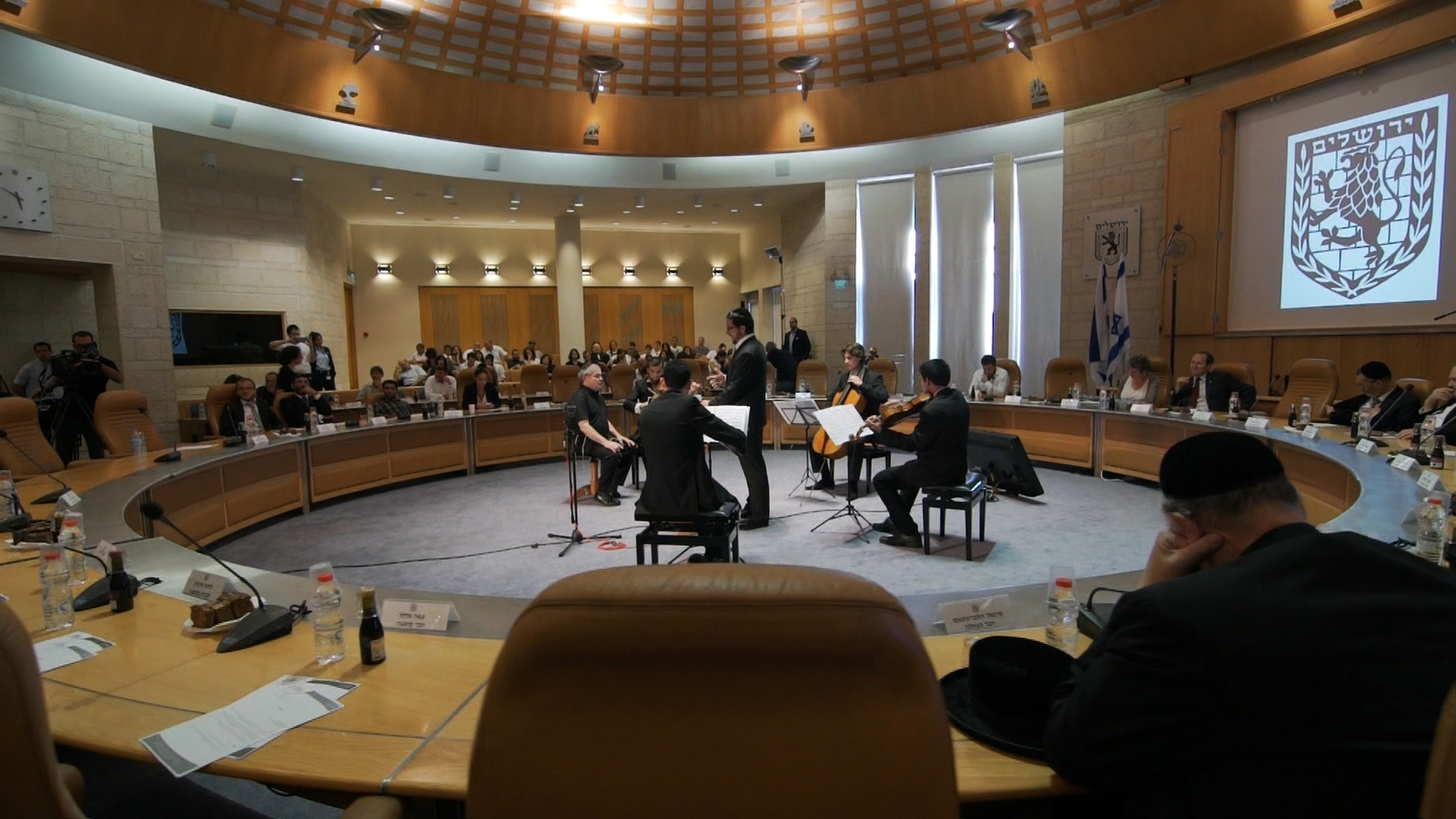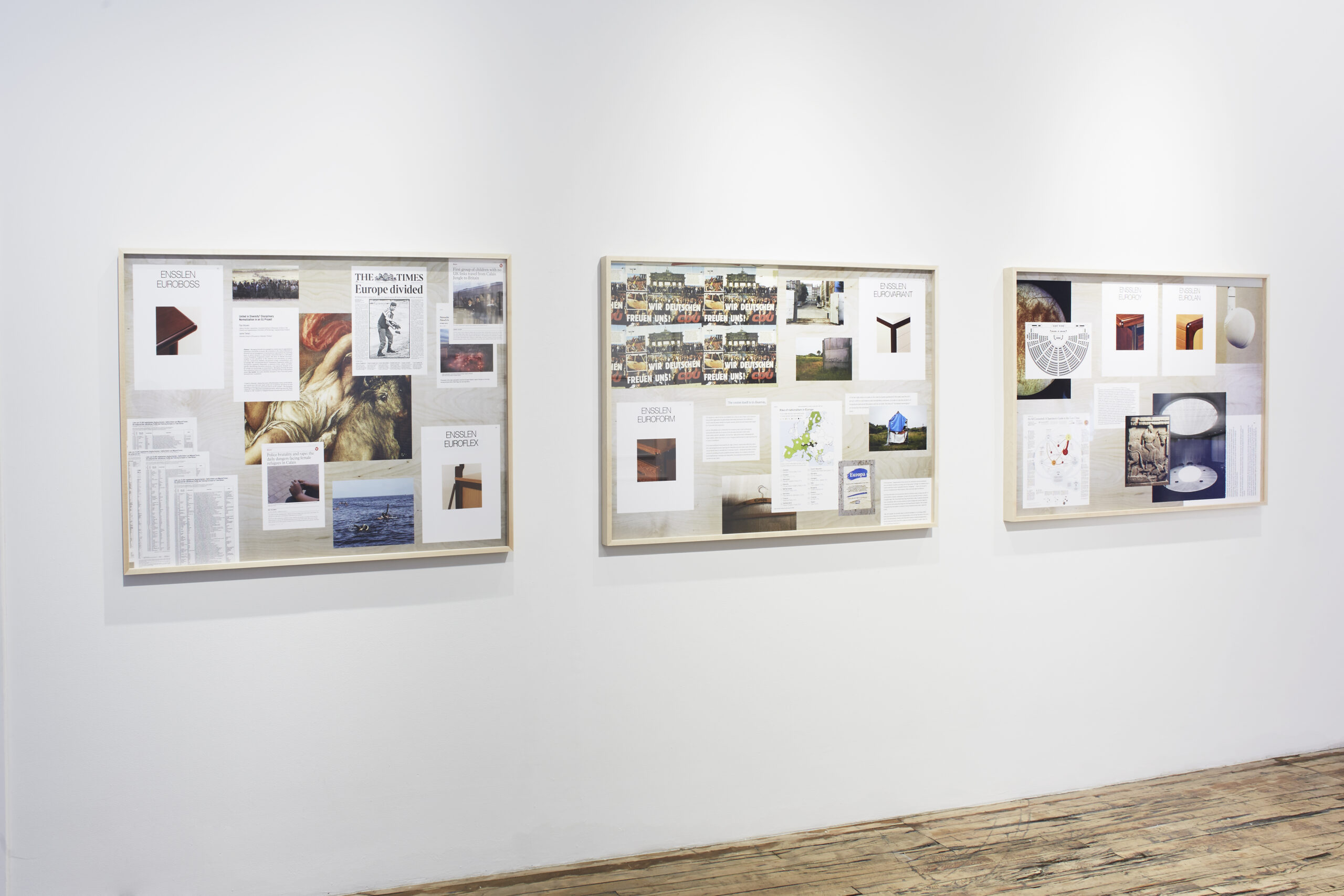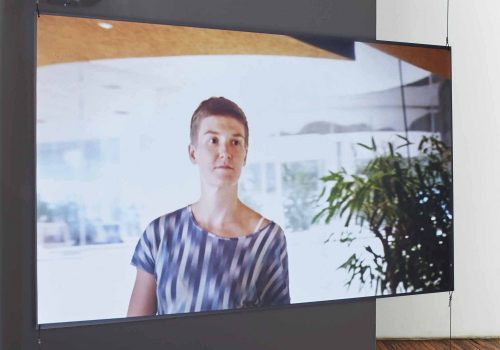ExhibitionSeptember 17, 2019–January 3, 2020
Sonia Leimer: Via San Gennaro
Sonia Leimer: Via San Gennaro is the first solo exhibition in New York by ISCP resident Sonia Leimer, and is co-curated by Kari Conte, Director of Programs and Exhibitions, ISCP and Luigi Fassi, Artistic Director, MAN_Museo d’Arte Provincia di Nuoro in Italy. An extended version of the show will travel to MAN in Fall 2020.
Sonia Leimer: Via San Gennaro is winner of the 4th edition of Italian Council (2018), a competition conceived by the Directorate-General for Contemporary Art and Architecture and Urban Peripheries (DGAAP) – a department of the Italian Ministry for Cultural Heritage and Activities, to promote Italian contemporary art in the world.
The newly-commissioned works in the exhibition address the spatial politics of the Manhattan neighborhood known as Little Italy, vis-à-vis migration and economic and cultural transformation. Composed of several parts including a large-scale sculptural work and video installation, the exhibition continues Leimer’s long-standing interest in urban space, architecture, labor and globalization.
The video component is a collaboration with filmmaker and puppeteer Tony de Nonno, who keeps the fading Sicilian Opera dei Pupi (Opera of the Puppets) tradition alive with his heroic medieval knight marionette named “Orlando Furioso.” As the protagonist of Leimer’s video, the puppet’s performance connects stories and histories from Little Italy. In one scene, Orlando embarks into the 3D future of the neighborhood through fictitious architectural landscapes, designed in collaboration with architect Alessandra Cianchetta and her Cooper Union students. The video also includes historical footage from It’s One Family: Knock on Wood, a documentary made by de Nonno in 1982, which depicts the Manteo Family—whom he inherited his puppet from—a much-revered American troupe who performed the Opera dei Pupi throughout most of the twentieth century in Little Italy.
The exhibition space is sheltered by two 10-foot long wall-hung sculptures made of overlapping fabric awnings, which reference the impact of gentrification and changing demographics on the shrinking “boundaries” of Little Italy. Once the center of Italian immigration in the United States, only 7% of current neighborhood residents have Italian ancestry [1]. A second series of sculptures—formed from 500-pound rolls of paper typically used and left on the street in Chinatown by digital print shops—are silkscreened with photographs taken by Leimer of Little Italy and Chinatown. Some of these images are of extant shops, while others depict businesses that have already shuttered their doors. They are all traces of Leimer’s in-depth research on the neighborhood, and evoke both the transient and permanent signs and symbols that make up the area’s character in times of late capitalism.
A fully illustrated publication in English and Italian will accompany the exhibition and will be released in December 2019. Published by Mousse Publishing and designed by Other Means, it will include essays by Alessandra Cianchetta, Kari Conte and Luigi Fassi.
Sonia Leimer (born Meran, Italy) lives and works in Vienna. She studied architecture at the Technical University of Vienna and at the Academy of Fine Art Vienna. She has exhibited her work internationally at artothek, Cologne; Barbara Gross Galerie, Munich; Basis Frankfurt; BAWAG Contemporary, Vienna; Galerie nächst St. Stephan, Vienna; Hammer Museum, Los Angeles; Kunsthaus Zürich; Leopold Museum, Vienna; Los Angeles County Museum of Art; Ludwig Forum für Internationale Kunst, Aachen; MAK Center for Art and Architecture, Los Angeles; Manifesta 7, Rovereto; Mumok – Museum Moderner Kunst Stiftung Ludwig Wien, Vienna; Museion – Museum of Modern and Contemporary Art of Bozen, Italy; Museum der Moderne, Salzburg; Salzburger Kunstverein; and 5th Moscow Bienniale.
This exhibition is supported, in part, by Italian Council (Directorate-General for Contemporary Art and Architecture and Urban Peripheries, Ministry for Cultural Heritage and Activities); BKA – Bundeskanzleramt Österreich
[1] Deepti Hajela (2015, April 5). “Little Italy: Rising rents threaten the last of New York’s traditional community,” Independent. Retrieved from https://www.independent.co.uk/news/world/americas/little-italy-rising-rents-threaten-the-last-of-new-yorks-traditional-community-10157386.html
